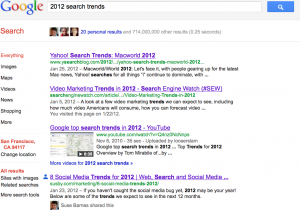External Linking: 6 Reasons Why Linking Out is a Good Idea
External Linking: To Link Out or Not to Link Out, Is That the Question?
Many clients ask me why I recommend linking to content that is not on their own site. Why do I encourage external linking? To many business managers and chief marketing officers, linking external seems counter productive. The thinking is that linking to another site is encouraging a visitor to leave your own site and why would anyone want to do that? You want to keep people on your site for as long as possible and have them learn as much about your company and product or service offerings as possible, correct? Well, actually, the answer is No. Incorrect. Nada. Niente. Wrong.
Why bother external linking?
Let me explain: It looks like this. Wanting to keep people on your site as long as possible so that they will stay and learn everything you have to offer, is like inviting friends to dinner and then requiring that the conversation be only about you and your house. Or worse, you welcome your guests into your home, and then do not allow them to look at the beautiful view you have outside and you dominate the conversation without letting them share anything.
Remember that the web is a communications tool and your website exists in a medium that is constantly dynamic, fluid and open. With a print brochure you may have developed for your company, your audience members, i.e. the people looking at your brochure, are not expecting to be able to click on a link and learn more or be referred to another interesting article. They are familiar with the brochure format and read a bit, look at the pictures and then likely visit your website for more information.
When a visitor is on your website, a search engine is a click away and people can quickly lose focus on your site and go and look for other information via their own search methods. If you provide them with other interesting content, however, (content that is not just your own,) they actually have more respect for you, not less interest. They intrinsically appreciate that you are referring them to information that you have curated and deemed important. And by sending people off your site to another site, you seem less desperate to keep their visit. They will therefore likely come back again, because of the value you offered them.
Another external linking perspective: Think of it like a department store. If Target offered only target brand products, then shoppers might want to look at other stores for non-Target brands. Instead, Target offers both Target branded products as well as other brands, providing a lot of variety, freedom of choice for the customer and ultimately more reasons to shop at target.
Your website is the same. If all the content you offer is only that which you have created and you are not linking to the sites where you may have found the information, then people will feel like you don’t really care what else is out there. You will be perceived as not providing a good overall perspective on your industry and that you are desperate for your visitors to stay on your site. To encourage repeat visitors, the key is to provide value and value comes in offering the most complete and useful information available. Value can come in the form of education, inspiration or entertainment and it doesn’t have to be your own creation. We are now in a sharing economy, and the web is a platform that thrives on linking. External linking is a way to show your visitors you want them to succeed. External linking is a way for your to add value.
Think of what the Internet is. It’s a web of links really. One link leads to another and each link is a node on a vast web of information. If you believe in the power of connections, think about your LinkedIn profile and embrace community, you’ll want to nurture your relationships. That means connecting with people, and building your community.
Why Is External Linking Good?
1. Link Juice is Tasty
As mentioned above the web is all about linking. Search engines actually look at the number of inbound links, i.e. external links pointing back to your site, as a reference for how important your site is. This has a direct impact on your search engine ranking. The more inbound links you have, the higher your ranking opportunity. In order to be linkable, your site must offer great content and be considered an authority on the subject matter. In order to for that to happen, external linking is a best practice. Linking to other sites that offer more valuable information to your visitors and potential customers is a good.
2. Always Add Value
Links to other sites show that you care about your visitor. Being willing to share a link that you think is valuable will earn you credibility with your visitors, customers and potential customers and also provide information about the relevance of your site to searchers. External linking allows you to add value. When you refer a friend to a vendor or product that you think is good, you are adding value to your friendship with that person. In the same way, external linking to great content is adding value to your relationship with your visitor and also adding value to your website.
3. Reciprocating
If you know a little about search engine optimization, you may have heard that reciprocal linking is no longer a valid strategy, because the engines can tell when two sites are linking to each other and may therefore negate any value. Link Building Jeddi Master, Eric Ward, says:
“You simply cannot make any sort of absolute statement as to what constitutes reciprocal link spam. Nor can you say that reciprocal links are always good, always bad, always suspicious, always helpful. They are never any of these and tey are always all of these. What you have to do is look at each case, at each site, and recognize the logical, natural linking potential and reciprocity tendencies.”
– Ultimate Guide to Link Building p 154.
It’s not a good idea to go out and ask every website owner you know to link to you regardless of the content they offer. However, if there is a site in your industry that adds value to your audience, then a reciprocal link is fine. The trick is to always be thinking of your audience and solving for “What’s In It For Them” – WIIFT.
4. Preciprocating
Instead of waiting for others to link to your site, consider preciprocating, i.e. performing a simple act of kindness before you need to ask for a favor later on. This works in social media as well as link building. If you comment on a blog and/or share a post, people feel like you have been kind to them. With this feeling they are much more likely to help you out in the future. There’s a great book by Gary Vaynerchuck called “Jab, Jab, Jab, Right Hook.” The concept here is to give, give, give, and then ask for something. Because you’ve given so much already, you’ll much more likely to get what you want when you finally ask for it. I talk about it in my classes and in my book as the L-O-V-E strategy: Listen-Offer-Visit-Engage. Give first and ask for what you want later. External linking is a L-O-V-E strategy.
5. Relevancy
Links to other sites show search engines and people more about the relevancy of your content. Just like citations in research papers indicate how much research has been done and the work that is behind the content of the article, external linking shows that you’ve done your homework and are citing your sources. Not only that, but you’re generously giving credit where credit is due and sharing even more valuable content with your audience.
6. Authority
Search engines place high value on the number of external links, also known as inbound links, that point to your site, so you want other sites to link to you. Like votes in politics or if you’re ever running for office, the more votes (think links) you have, the more respect and power you have in the search engine algorithm. Also, ponder this: Why would other sites link to your site, if you are not linking to any other site? Play by the rules. Sharing is caring. External linking should be part of your linking strategy.
Your turn: What do you think about external linking? Do you encourage it? Are you convinced you should do it? Please share your thoughts in the comments below.
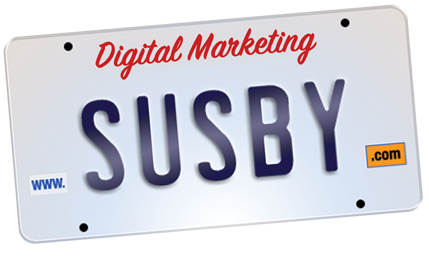
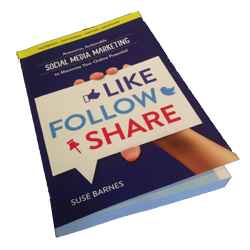

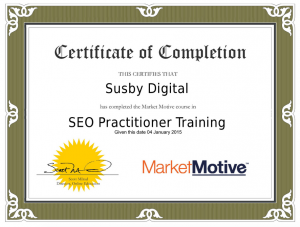

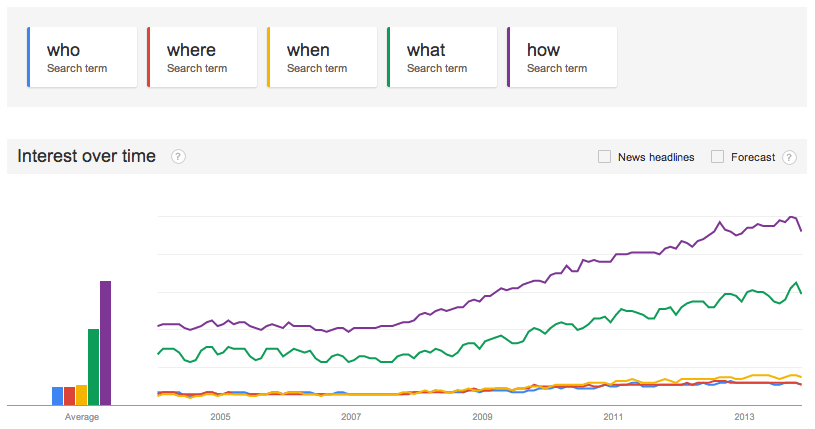 and read his thoughts on Hummingbird strategies.
and read his thoughts on Hummingbird strategies.
